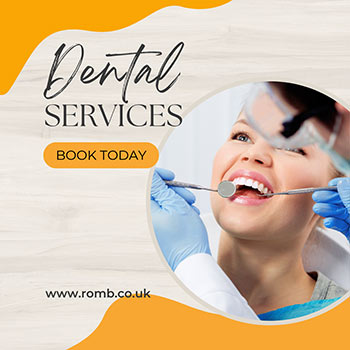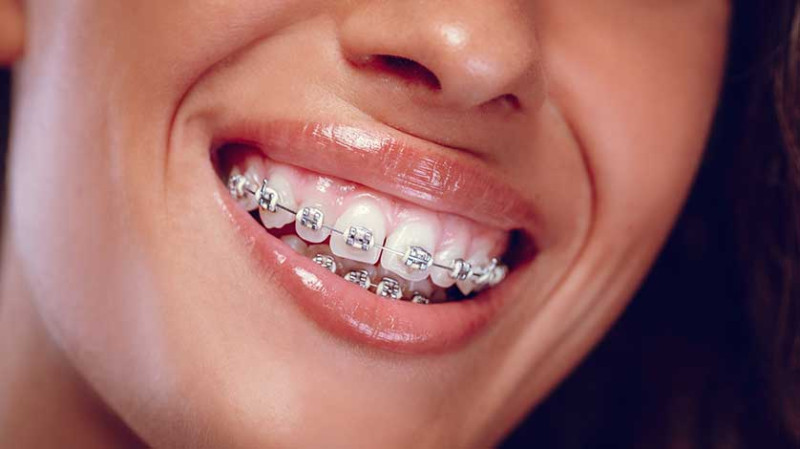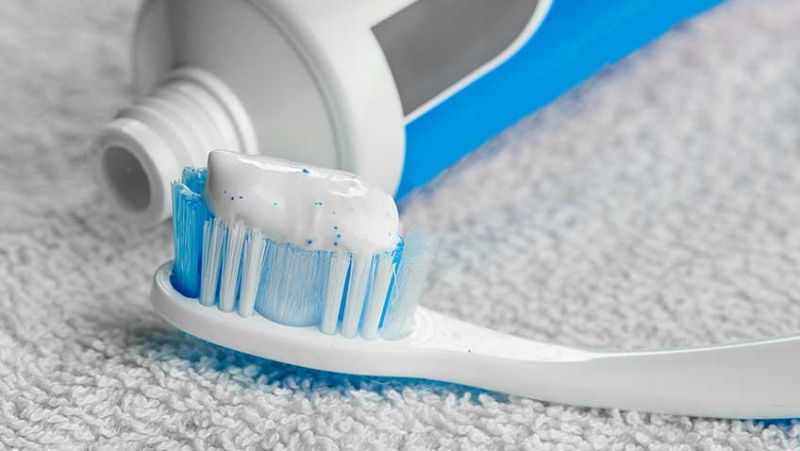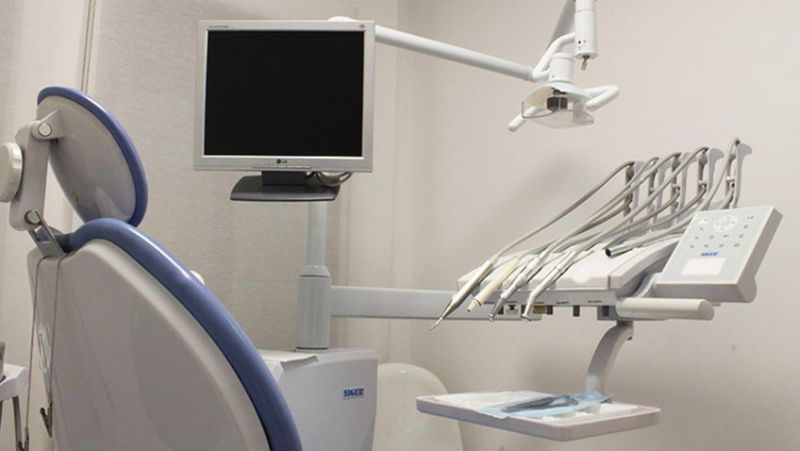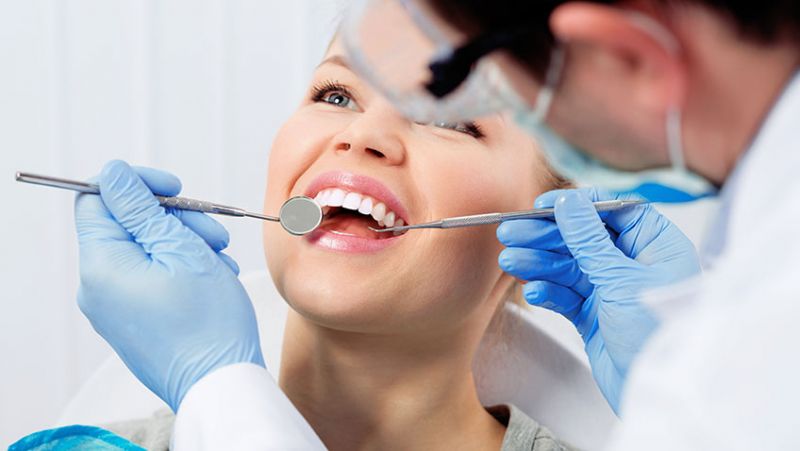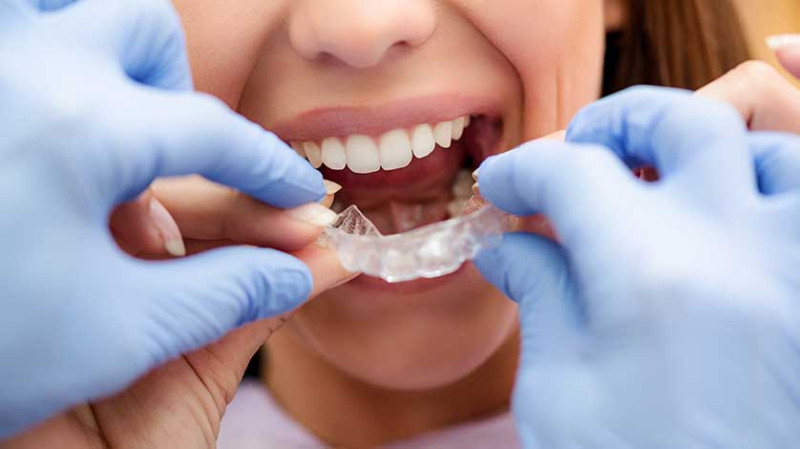
When it comes to achieving the perfect smile, modern dentistry offers a range of options to straighten misaligned teeth. Two of the most popular choices are traditional braces and Invisalign. Both methods have their pros and cons, and the best solution depends largely on your individual needs, lifestyle, and budget. Let's dive deeper to help you make an informed decision.
What Are Braces?
Braces have been the gold standard for teeth straightening for decades. They involve metal brackets that are attached to your teeth and connected with wires and rubber bands to gradually move the teeth into the desired position. Braces today are more advanced than ever, with options like ceramic (tooth-coloured) brackets and even behind-the-teeth (lingual) braces.
Traditional braces are highly effective for treating complex orthodontic cases, including significant overcrowding, large gaps, and serious bite issues. They are durable, non-removable, and can sometimes deliver faster results in more complicated scenarios.
For many, braces represent a rite of passage during teenage years, but more adults are now considering them, especially given the availability of subtler choices like clear or ceramic models.
However, one of the main challenges with braces is their appearance. Despite advancements, many still feel self-conscious about wearing them, especially in professional or social settings.
Another consideration is maintenance. Braces require regular tightening visits to the orthodontist, and meticulous cleaning routines to ensure food doesn't get stuck around brackets and wires, leading to plaque buildup or tooth decay.
What Is Invisalign?
Invisalign, on the other hand, offers a more discreet alternative to traditional braces. Using a series of custom-made, clear plastic aligners, Invisalign gently shifts teeth into place over time. Each aligner is worn for about two weeks before moving to the next in the series until the journey to a straighter smile is complete.
The major selling point of Invisalign is its near-invisible appearance. Many users, especially adults and young professionals, appreciate the ability to correct their smile without feeling self-conscious during meetings, social gatherings, or client presentations.
Another huge advantage is removability. You can take out your Invisalign aligners while eating, drinking, brushing, and flossing, making it far easier to maintain oral hygiene during the treatment process compared to traditional braces.
On the flip side, Invisalign aligners require a high level of discipline. Since they must be worn for 20-22 hours per day to be effective, users who frequently remove them or forget to wear them may prolong their treatment time.
Invisalign tends to work best for mild to moderate alignment issues. For more severe cases, traditional braces might still be the recommended option by your orthodontist.
Comparing Braces and Invisalign: Key Differences
| Feature | Braces | Invisalign |
|---|---|---|
| Appearance | Visible; metal or ceramic brackets and wires | Almost invisible clear trays |
| Comfort | Possible irritation from metal components | Smooth plastic aligners; minimal irritation |
| Maintenance | Complex cleaning; fixed to teeth | Easy cleaning; removable for hygiene |
| Effectiveness | Suitable for complex cases | Best for mild to moderate issues |
| Treatment Time | 12-24 months on average | 6-18 months for many cases |
| Cost | Typically more affordable | Often slightly more expensive |
| Compliance | No user compliance needed (fixed) | High compliance needed (removable) |
Which Option is Better for You?
Choosing between braces and Invisalign often comes down to your specific dental needs, aesthetic preferences, and lifestyle factors. If you are dealing with severe misalignment, have significant crowding, or major bite issues, braces — particularly modern ceramic or lingual kinds — might be the better option for achieving the best outcome.
However, if your primary concern is to straighten your teeth subtly while maintaining the ability to remove your appliance during meals and major social or professional occasions, Invisalign could be your go-to solution. It's especially popular among young professionals, designers, architects, and tradespeople in the UK who want an effective but discreet treatment plan.
It's essential to consult with an experienced orthodontist who can assess your teeth and recommend the approach that will deliver the best and healthiest result.
Cost Considerations
Cost can be a decisive factor for many. Generally, braces tend to be a little more affordable in the UK, with prices ranging from £2,000 to £5,000 depending on complexity and type. Invisalign usually costs between £3,000 and £6,000 because of the technology involved in creating the custom aligners.
That said, many practices offer payment plans to make both options more accessible. Investing in your smile is an investment in your confidence and overall health, so it's worth considering the long-term benefits, not just the upfront cost.
Final Thoughts
Both braces and Invisalign offer fantastic routes to a straighter, healthier smile. The key is identifying what matters most to you: whether it's cost, convenience, aesthetics, or the ability to address complex dental issues.
In the end, no matter which option you choose, you're taking a powerful step toward improving not just your smile, but your entire sense of well-being. Ready to start your journey? Consult with a qualified orthodontic professional today and bring your dream smile to life!
